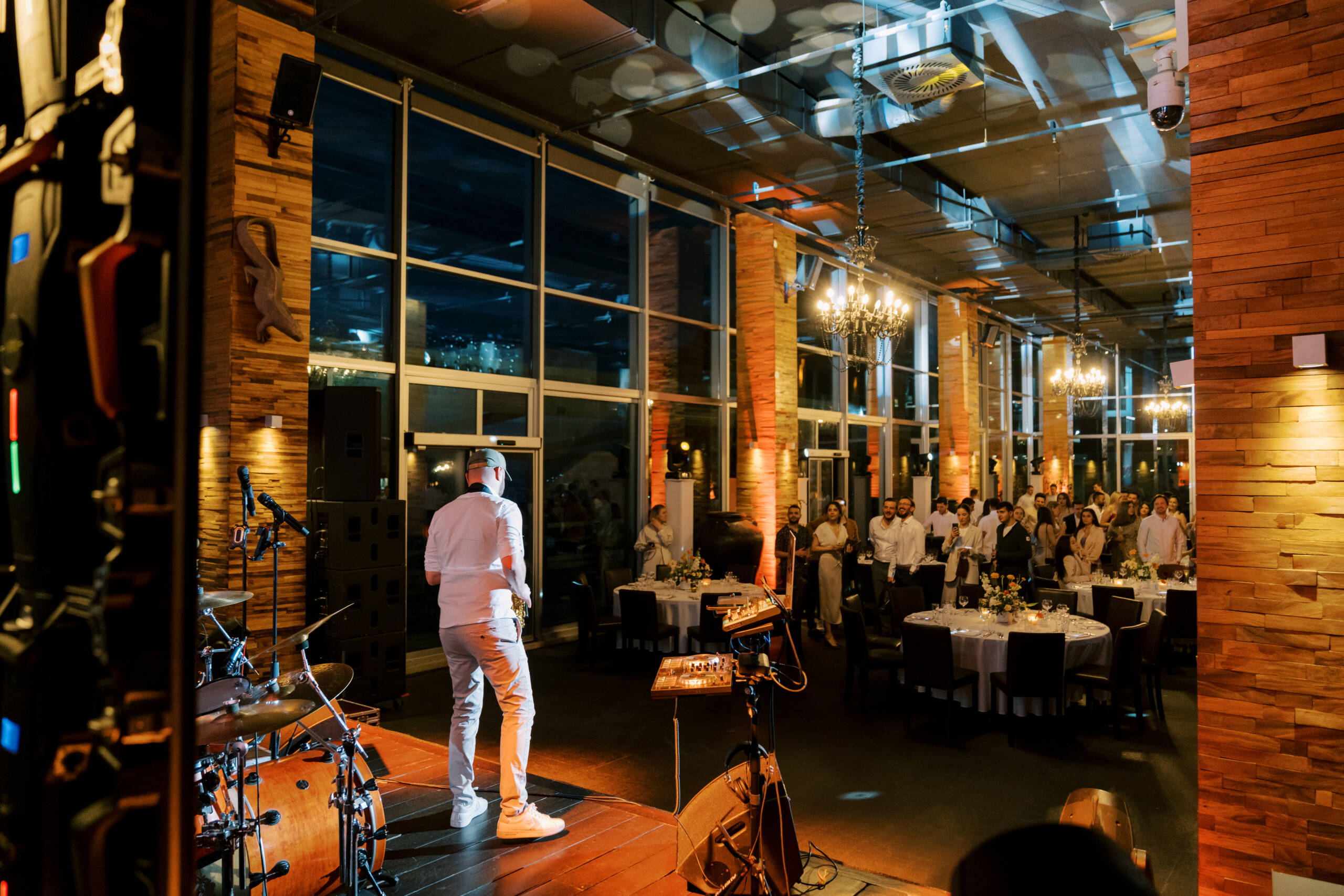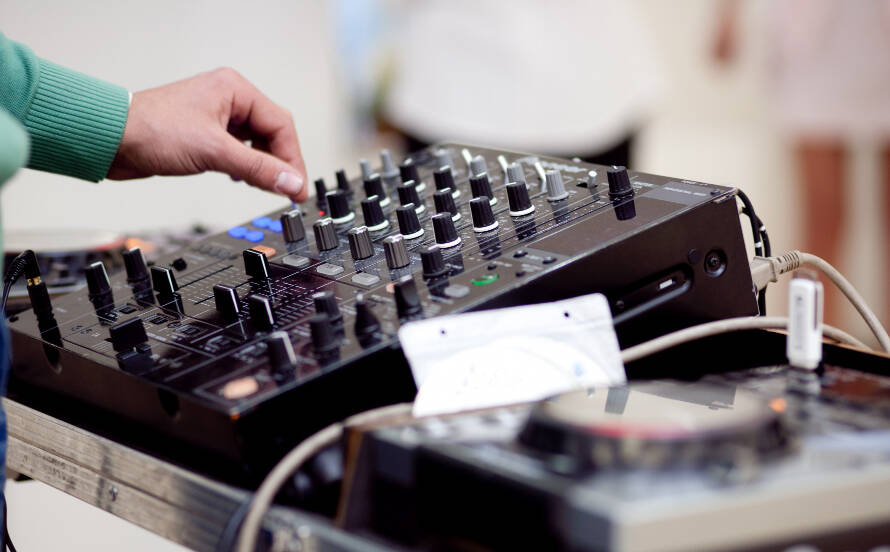Experience is supremely defining in today’s world. Every detail—from lighting and décor to customer service and menu design—amiably works towards making the customer feel conscious or unconscious about spending his/her money there. In the middle of these is the most powerful yet one of the most underrated tools. This blog shall shed light upon how music influences will affect the mood and spending habits of customers in restaurants, and how your location could use these instances to carve memorable and lucrative experiences.
Effects of Music Influences upon Customers Psychologically
Music is a language of the emotion-working directly upon our emotions. Hence, research in psychology and neurology informs us that music has a direct effect on the mood, pulse rate, and behavior of a person. In a restaurant setting, the type of music played can
- Relax or energize diners
- Encourage faster or slower eating
- Set the emotional tone for the meal
- Influence perceptions of taste and satisfaction
The Journal of Hospitality and Tourism Research study found that slow-tempo music provides more time for the customers to be in a restaurant; thus, more money is spent per table. Fast-paced music, in contrast, promotes quicker turnover, which is suitable for fast-casual-type establishments.
How Music Influences Dining Behavior
Music doesn’t just create atmosphere—it actively shapes behavior. Here are a few ways in which music influences customers:
Pace of Eating
Soft, instrumental music encourages guests to eat slowly and enjoy their meals, leading to longer stays and higher total checks. Faster music encourages quick bites and rapid table turnover.
Drink Orders and Bar Sales
Fast music can make people become more energized at the bar and often lead to more ordering of cocktails and alcoholic beverages.
Appetite and Mood
Relaxing background music can relieve stress, make customers willing to try something different in food or dessert, and also contribute to an overall pleasant restaurant experience.
Genre Matters: Matching Music to Restaurant Style
Musical type and style should fit the restaurant’s identity and its target market.
- Fine dining: Classical, jazz, or soft acoustic music enhances elegance.
- Family restaurants: Upbeat pop or easy listening creates a cheerful mood.
- Trendy cafés: Indie, lo-fi beats, or acoustic playlists fit all sorts of creative vibes.
- Bars & lounges: House, electronic, or R&B create the right atmosphere for an exhilarating night.
The choice of a given genre should ensure that the music won’t clash arms and fight against the ambience but complement it.
Volume and Tempo: The Silent Game Changers
Even if the music is well-chosen, incorrect volume or tempo can ruin the experience. Here’s how volume and tempo factor in:
- Too loud: Can be intrusive and make conversation difficult.
- Too soft: May go unnoticed or fail to impact mood.
- Fast tempo: Increases customer turnover, ideal for quick service.
- Slow tempo: Encourages longer stays and relaxed dining.
Balancing these elements helps you fine-tune how music influences behavior and ensures consistency across your restaurant’s service hours.
Case Studies: Real-World Examples
McDonald’s
McDonald’s has experimented with classical music in several locations to calm down customers and reduce loitering late at night, especially between clients. The result was a more composed environment and less disruptive behavior.
Starbucks
With playlists curated by in-house experts, Starbucks uses music to maintain a consistent, cozy atmosphere aligned with its brand, encouraging customers to stay longer (and buy more).
High-End Restaurants
Many luxury restaurants use soft classical or ambient soundtracks to elevate the sense of sophistication, enhancing both mood and perceived value.
These case studies show that music influences are not just theoretical—they’re a key business strategy in real-world settings.
Custom Audio Solutions: Why One Size Doesn’t Fit All
Generic playlists don’t cut it anymore. To truly harness how music influences customer mood and spending, restaurants are now turning to custom audio solutions tailored to their:
- Brand identity
- Customer demographics
- Time of day
- Special events and themes
Companies like Sync2Dine specialize in creating personalized audio strategies that align with a restaurant’s vision and goals. From brunch to dinner, every shift has its own vibe—and its own sound.
Music Licensing and Legal Considerations
It’s crucial to understand the legal side of playing music in commercial spaces. Using personal Spotify or YouTube playlists can lead to copyright issues. Instead, licensed audio providers ensure your music is:
- Legally compliant
- Professionally curated
- High-quality and interruption-free
Sync2Dine ensures restaurants get both peace of mind and sonic perfection.
Best Practices for Using Music Influences on Spending
To maximize the impact of your audio environment:
- Segment playlists by daypart: morning, afternoon, evening.
- Sync tempo with foot traffic goals.
- Test genres to see what drives repeat visits.
- Adjust volume based on time of day and room size.
- Involve staff in feedback for fine-tuning.
Final Thoughts: Turning Music Into a Business Asset
Not just mere background noise, music is a driver strategically used. The soundscape, depending on what it is, can influence customer satisfaction, what they order, how long they stay, and how regularly they come back. In an atmosphere where ambience practically sells or breaks a restaurant, the very notion of investing in audio should be well considered a priority.
Let Sync2Dine help you master the art and science of restaurant music. Because when the sound is right, everything else falls into place.



